Explore the Mohamed Hasabella: Hurghada Wreck Dive
- Written:
- By Christian Llewellyn
Some of the links on this page may be affiliate links. If you click on them and make a purchase, we may earn a small commission at no extra cost to you. This helps us continue our work—thank you for your support!
Introduction to the Mohamed Hasabella wreck
The Mohamed Hasbella is an Egyptian fishing trawler that sank in the Red Sea, near the city of Hurghada. This wreck is significant for marine life and as a diving destination due to its accessibility at a relatively manageable depth. It lies close to another well-known wreck, the El Mina minesweeper, allowing divers to explore both in a single dive. The proximity of these wrecks, combined with the relatively shallow depth, makes this site popular for wreck diving enthusiasts.
The Mohamed Hasbella offers an opportunity to experience traditional Egyptian fishing trawlers while also providing a glimpse into marine life as it begins to colonize the wreck. The site is suitable for divers looking to see a mix of historical human activity and natural marine life in an underwater setting.
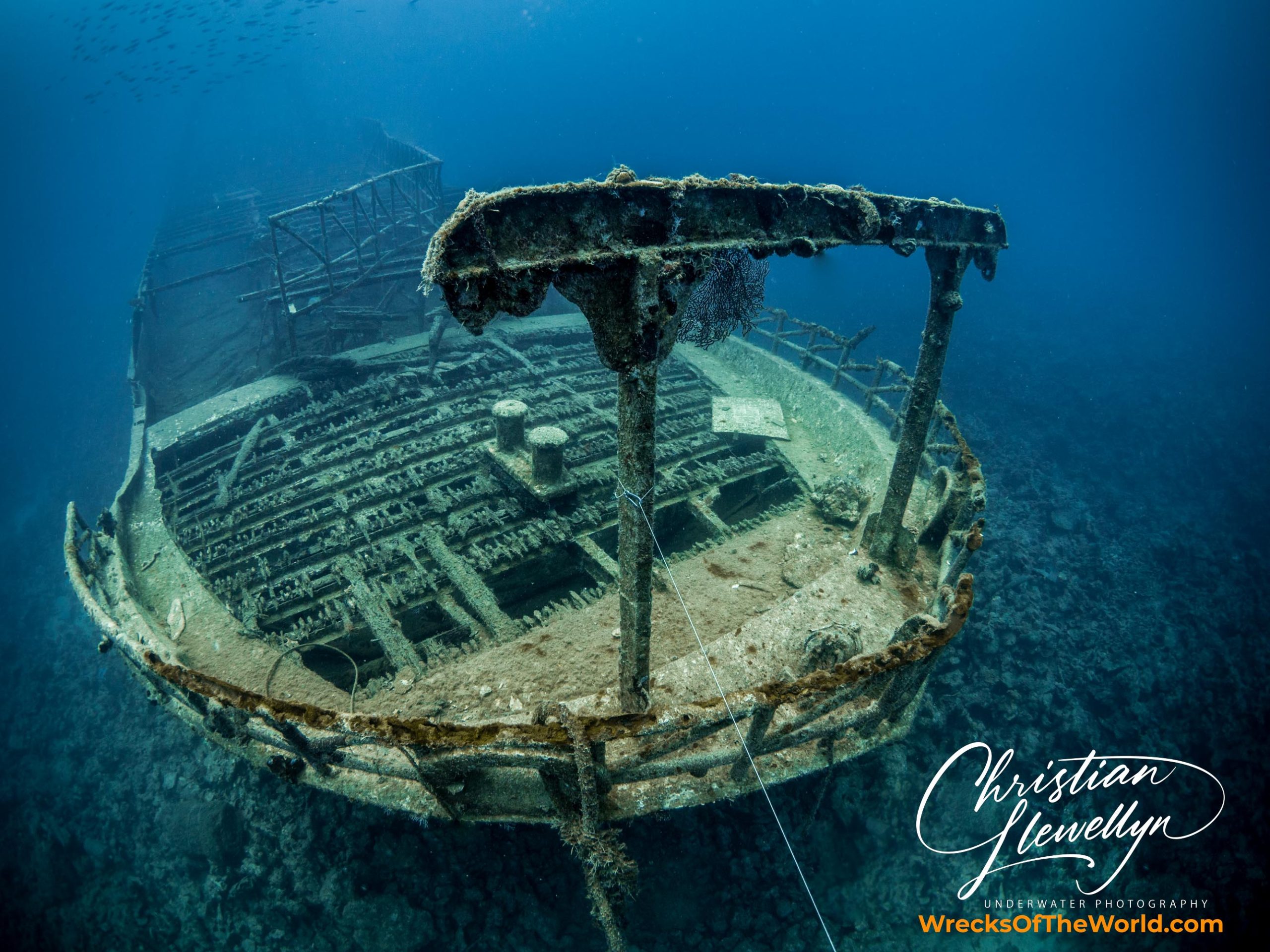
The Story Behind the Mohamed Hasabella
The Mohamed Hasbella was a typical Egyptian fishing trawler. Although specific details about its construction and operation history are limited, it represents a common type of fishing vessel once prevalent in the region. On January 2007, the vessel sank while at anchor off the coast of Hurghada. The reasons behind its sinking are not well-documented, but it likely involved a malfunction or adverse weather conditions.
After sinking, the trawler settled in about 30 meters of water, lying mostly intact. Its proximity to the El Mina wreck, a Russian-built minesweeper bombed in 1969, makes the area historically fascinating. The wreck of the Mohamed Hasbella has not been extensively chronicled in terms of its discovery or immediate historical significance beyond its role as a diving site. However, it now attracts divers due to its accessibility and the possibility of exploring both wrecks in a single dive.
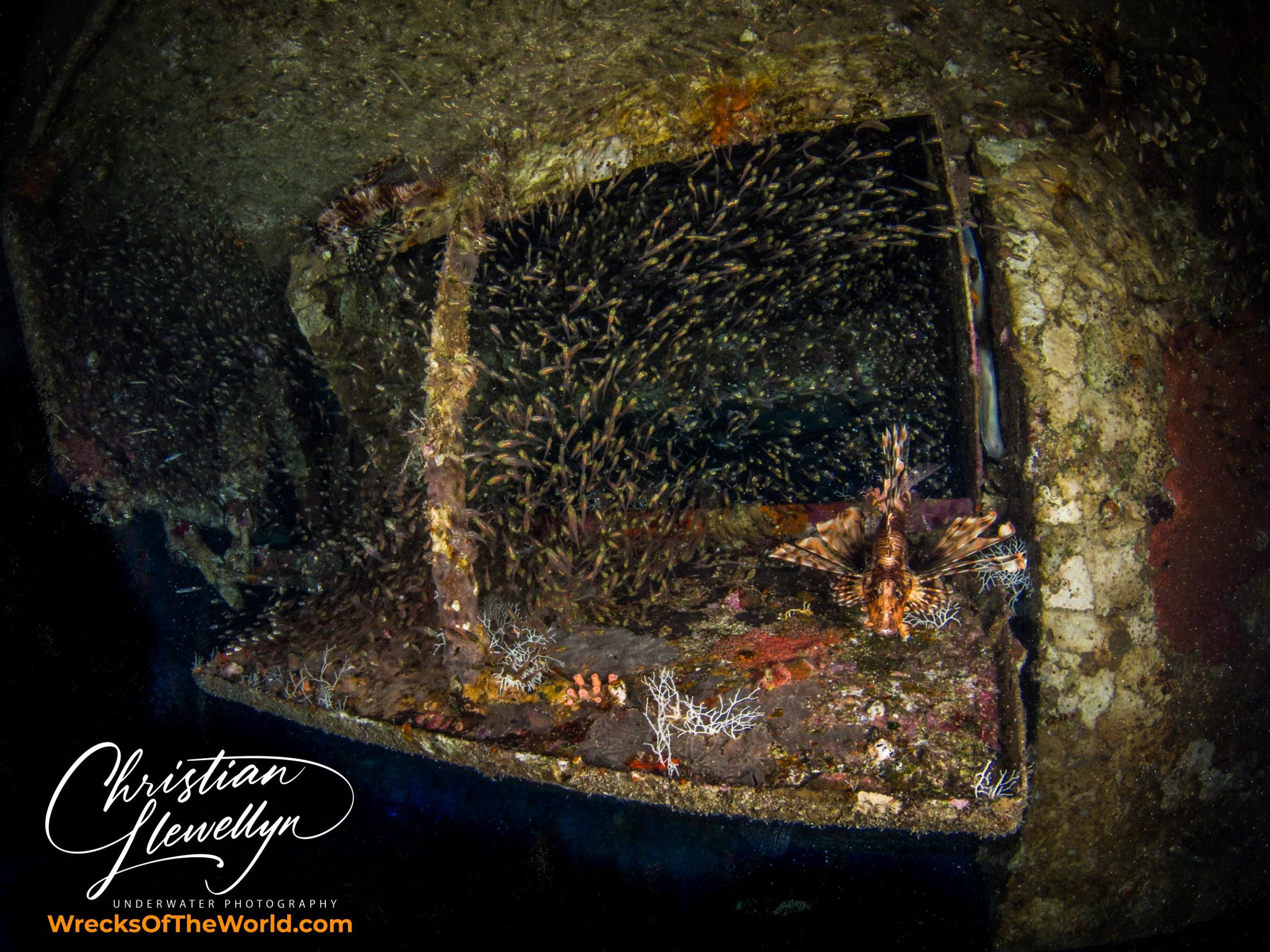
The Stats: Depth, Conditions & Accessibility
20m
Minimum Depth
40m
Maximum Depth
Boat Dive
Dive Type
30m
Visibility
Apr – Oct
Season
22°C - 28°C
Water Temp
Where Is The Mohamed Hasabella?
The Mohamed Hasbella wreck is located in the northern Red Sea, not far from the bustling town of Hurghada, which serves as a prime access point for many diving expeditions in the area. Hurghada International Airport is the nearest, offering a convenient gateway for international and local tourists. The wreck site is best accessed by boat due to its location, which is slightly away from the main coastline. Dive operators in Hurghada or nearby Sharm el-Sheikh frequently organize trips to this site, interleaving visits to other prominent Red Sea attractions as part of their schedules.
My Experience Diving The Mohamed Hasabella
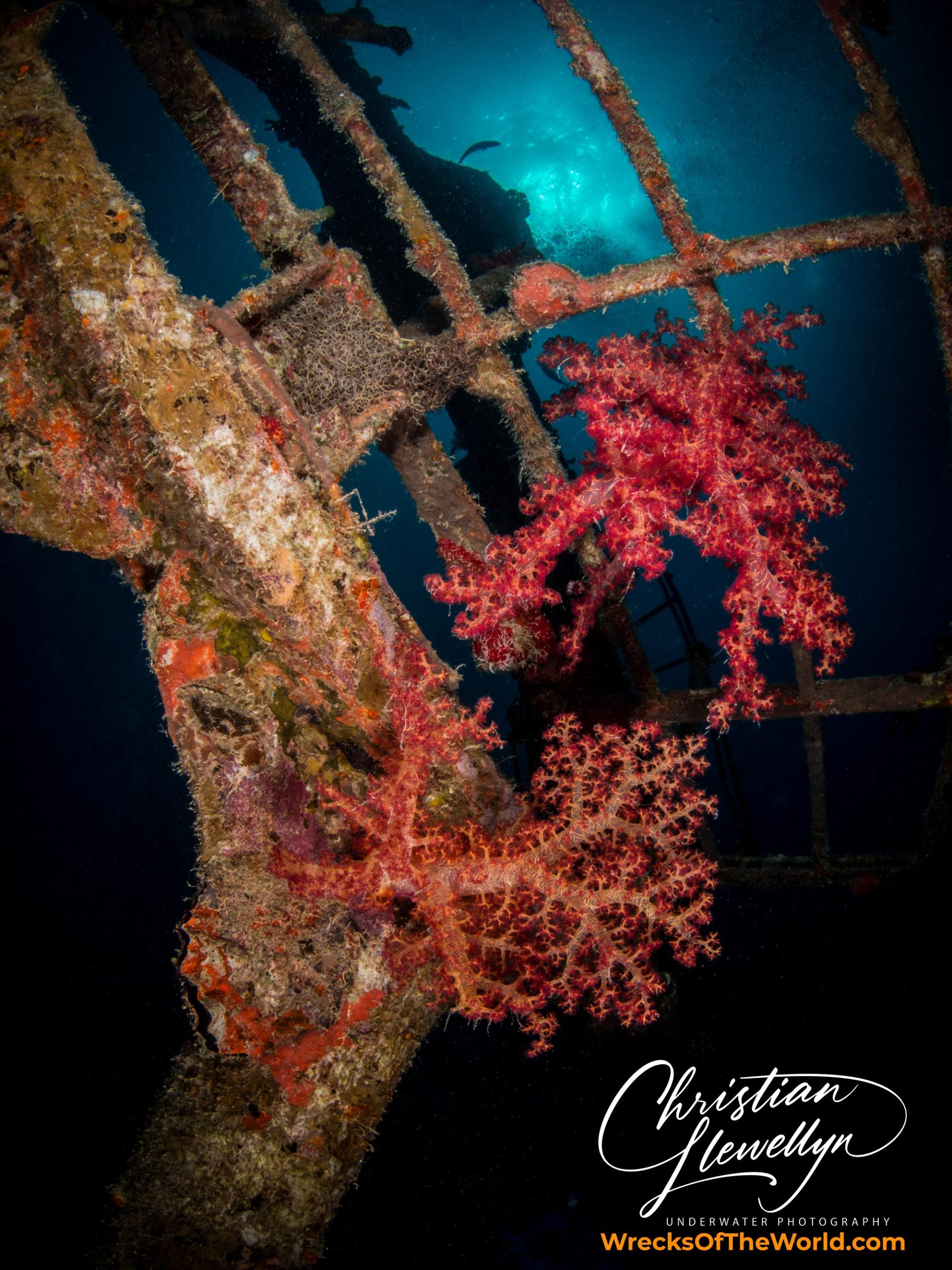
Diving the Mohamed Hasbella wreck is always a memorable adventure. Throughout multiple dives, I’ve explored this site in various conditions, from clear skies and calm seas to more challenging, choppy waters. This variability adds an exciting dimension to each dive, making it a fresh experience every time.
The wreck’s proximity to the El Mina provides a unique double-feature dive that is best appreciated with the early morning light. This timing enhances visibility and allows for a more cohesive exploration of both wrecks. During these dives, marine life like groupers and lionfish are often more active, adding to the liveliness of the scene.
Despite the generally easy access to both the hold and engine room of the Mohamed Hasbella, navigation inside the wreck must be approached with caution. Tight spaces and the potential for rising silt highlight the need for good buoyancy control, which can be challenging for less experienced divers.
My Experience Photographing the Mohamed Hasabella
Photographing the Mohamed Hasbella wreck presents unique challenges and rewards. The lighting conditions vary significantly depending on the time of day and weather, influencing the type of photography possible. Using a combination of natural light photography at shallower depths and strobe lighting deeper within the wreck helps in capturing the eerie, yet intriguing, atmosphere inside.
My favorite shot from these dives is a rare capture of a moray eel peeking out from a crevice, with the soft coral backdrop illuminated by a beam of sunlight breaking through the clear waters. The composition was a challenge due to the lighting contrasts, but the end result was immensely satisfying.
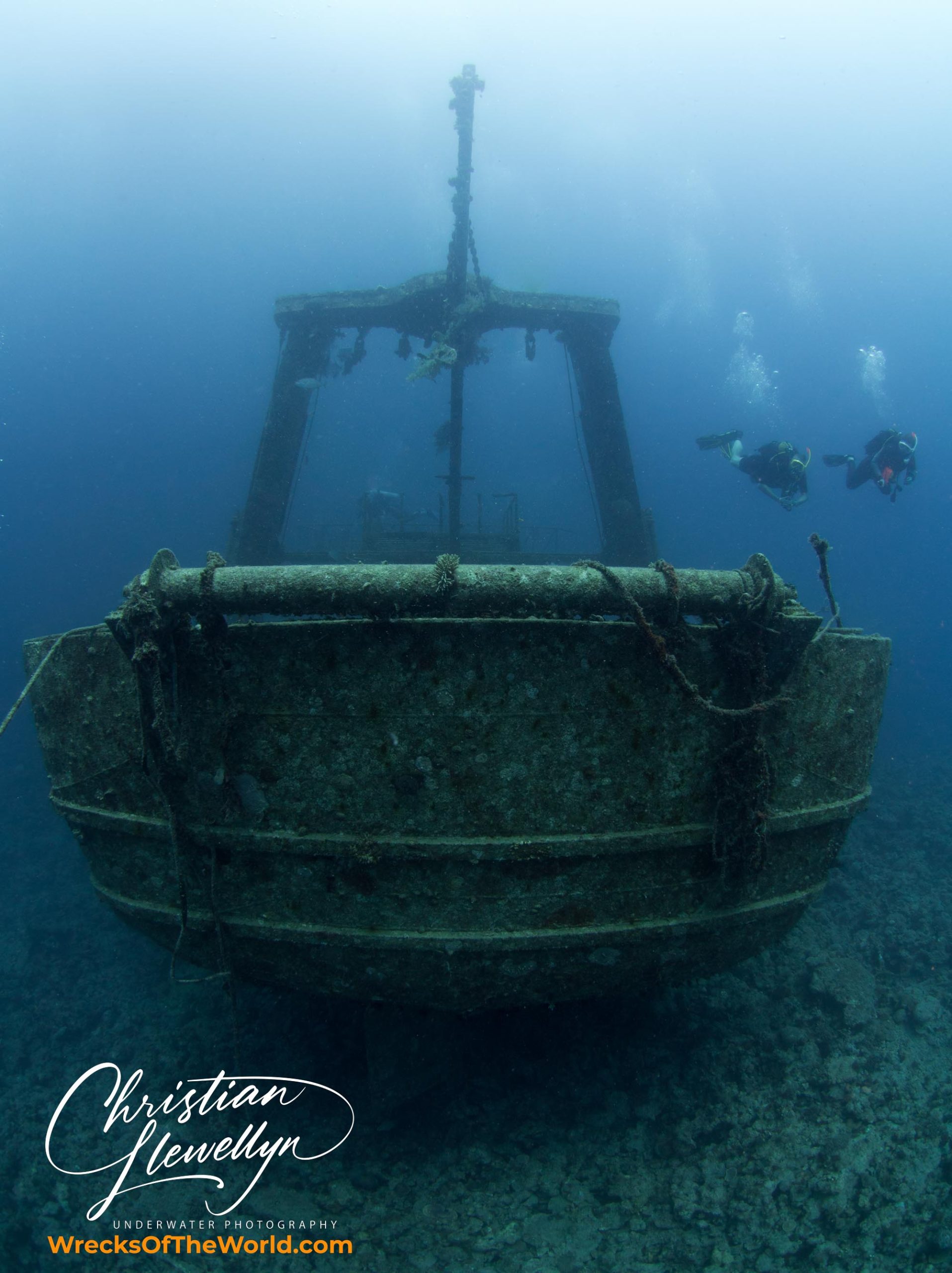
What You’ll See: Wreck Features & Marine Life
The Mohamed Hasbella wreck promises a fascinating dive with its combination of historical artefacts and thriving marine life. The structure of the wreck itself, largely intact, features the hold and engine room, which are accessible to divers. These areas often house fascinating glimpses into the vessel’s final moments, with fishing nets and equipment visible amidst the ship’s infrastructure.
Marine life around the wreck is plentiful. Soft corals have begun to thrive on its surfaces, providing a colourful backdrop to the rusting metal. Common sightings include vibrant schools of anthias and occasionally, the curious barracuda eyeing divers from a distance. Seasonal visits might also offer glimpses of migrating species, adding a dynamic aspect to the dive.
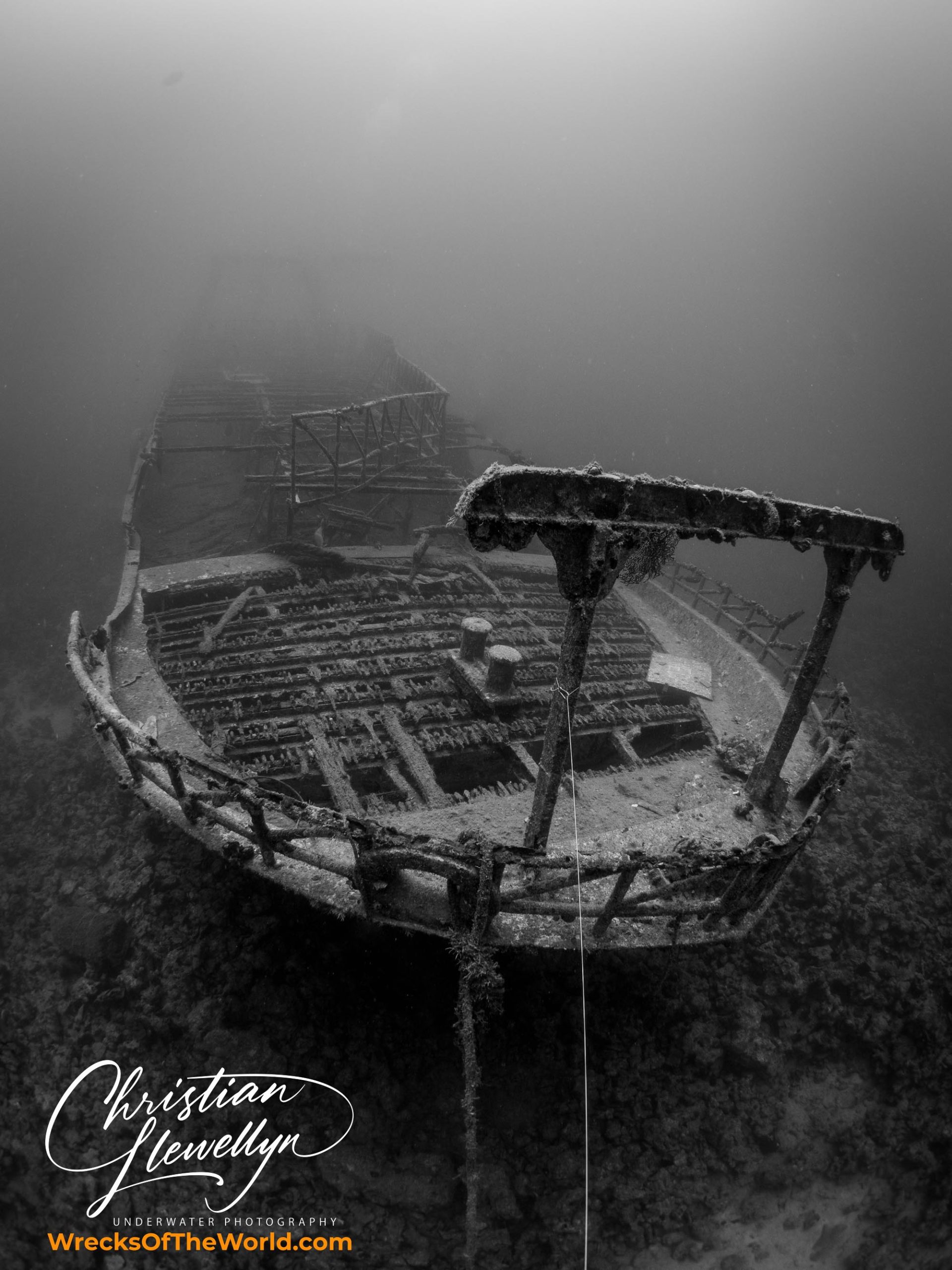
Recommendations for Diving the Mohamed Hasabella
1. Check weather conditions before your dive; the sea can be unpredictable.
2. Begin your dive early to utilize the best light for both wrecks.
3. Maintain excellent buoyancy control to avoid disturbing sediment inside the wreck.
4. Explore both the Mohamed Hasbella and the El Mina wreck in a single dive if conditions allow.
5. Be cautious of tight spaces within the wreck to prevent snagging equipment.
6. Use a dive light to explore darker sections of the wreck.
7. Keep an eye on your air supply, as exploring two wrecks can be demanding.
8. Stay with your dive group and follow the dive leader’s signals.
9. Capture video as well as stills to fully document your experience.
10. Respect the marine life and do not disturb their natural habitat.
Tips for Photographing the Mohamed Hasabella
1. Use manual settings on your camera to adjust for varied light conditions.
2. Employ a red filter to correct colour balance at deeper depths.
3. Bring along additional lighting, such as strobes or dive lights.
4. Focus on capturing the interaction between the marine life and the wreck.
5. Use a wide-angle lens for expansive shots of the wreck and its surroundings.
6. Experiment with different angles and compositions for more dynamic images.
7. Be patient and wait for the perfect natural light, which can dramatically enhance your photographs.
Practical Dive Info & Booking a Trip
Dive operators in Hurghada offer trips to the Mohamed Hasbella wreck starting at around £60 ($75, €70). Booking with reputable operators ensures safety and a better overall experience. Remember to dive responsibly, respecting the underwater environment and adhering to all conservation practices.
My Rating & Final Thoughts
Diving and photographing the Mohamed Hasbella wreck has been an enriching experience that never grows old. The convergence of history and marine life, paired with the technical challenges of wreck diving, provides a deeply satisfying dive every time. The sense of adventure, combined with the photographic opportunities, makes this one of my top recommended dive sites in Hurghada.
8/10
Frequently Asked Questions (FAQs)
The optimal diving conditions in the Red Sea near Mohamed Hasbella are from March to May and September to November. During these months, the water temperatures are comfortable and visibility is at its best, often exceeding 30 meters.
Divers can expect a rich biodiversity including vibrant coral reefs, schools of colorful fish, and the chance to see larger species such as dolphins, turtles, and rays. Rare sightings might include hammerhead sharks and whale sharks depending on the season.
Always dive within your certification limits and ensure that your equipment is well-maintained. Due to strong currents and deep dive sites, it is recommended that divers are experienced or accompanied by a knowledgeable guide.
Standard scuba gear, including a wetsuit, regulator, buoyancy compensator, mask, fins, and a dive computer, is essential. Given the range of depths and potential currents, a dive knife and a surface marker buoy are also recommended for safety.
Respectful diving includes avoiding contact with all coral reefs and marine life, maintaining buoyancy control to prevent sediment stirring, and following all local diving guidelines and regulations to protect the underwater environment.
Select dive operators who are reputable and emphasize safety and environmental responsibility. Operators like Red Sea Explorers and Blue Ocean Dive Centers are well-regarded for their knowledgeable guides and commitment to diving ethics.
There are a variety of accommodations ranging from luxury resorts to budget dive hostels. Many facilities cater specifically to divers, offering gear rentals and proximity to popular dive sites.
Due to the potential for deep dives and strong currents, advanced open water certification is recommended. Specialized courses in drift diving and deep diving may also enhance safety and enjoyment.
Diving in the Red Sea near Mohamed Hasbella is often described as magical and surreal. The exceptional clarity of the water, combined with the abundant marine life and beautiful coral formations, creates a truly immersive and memorable underwater experience.
Divers should be vigilant about not touching or stepping on the coral reefs, careful with their dive equipment to avoid damages, and always adhere to no-take and no-touch rules. Participate in conservation activities if possible, such as clean-up dives and data collection for research projects.
Some of the links on this page may be affiliate links. If you click on them and make a purchase, we may earn a small commission at no extra cost to you. This helps us continue our work—thank you for your support!

